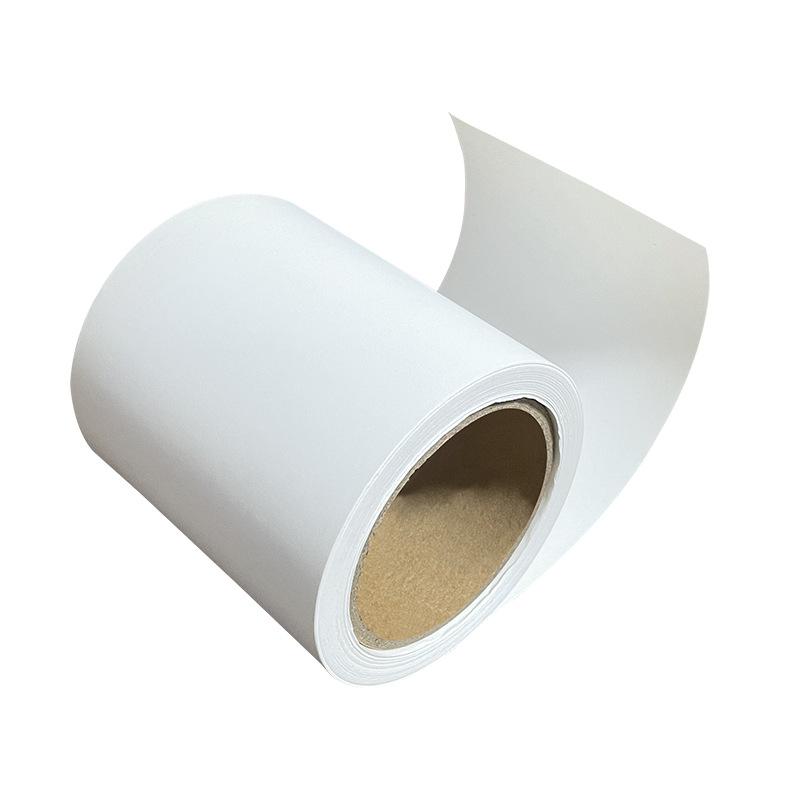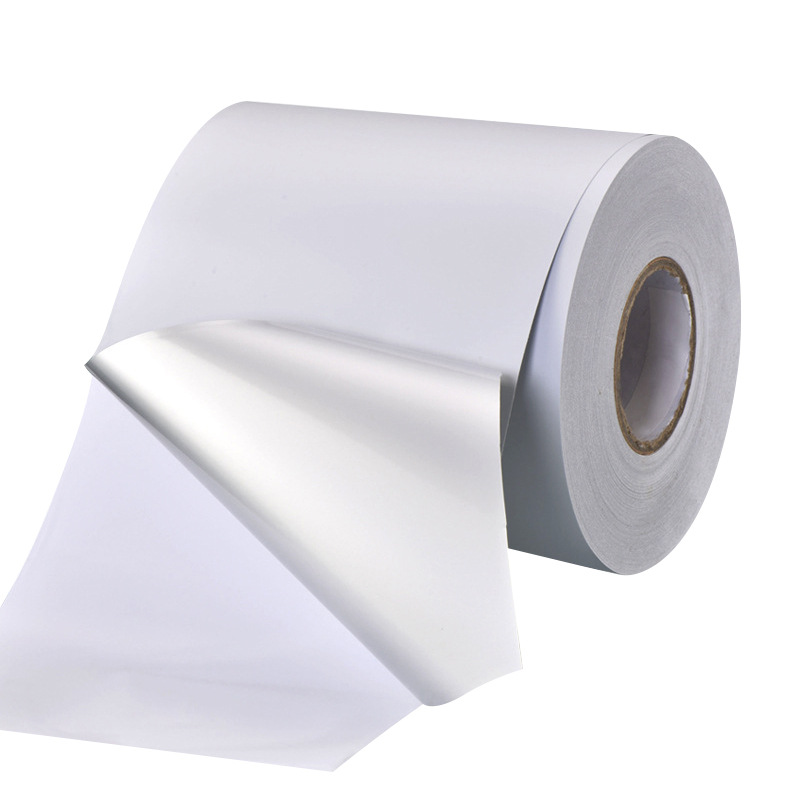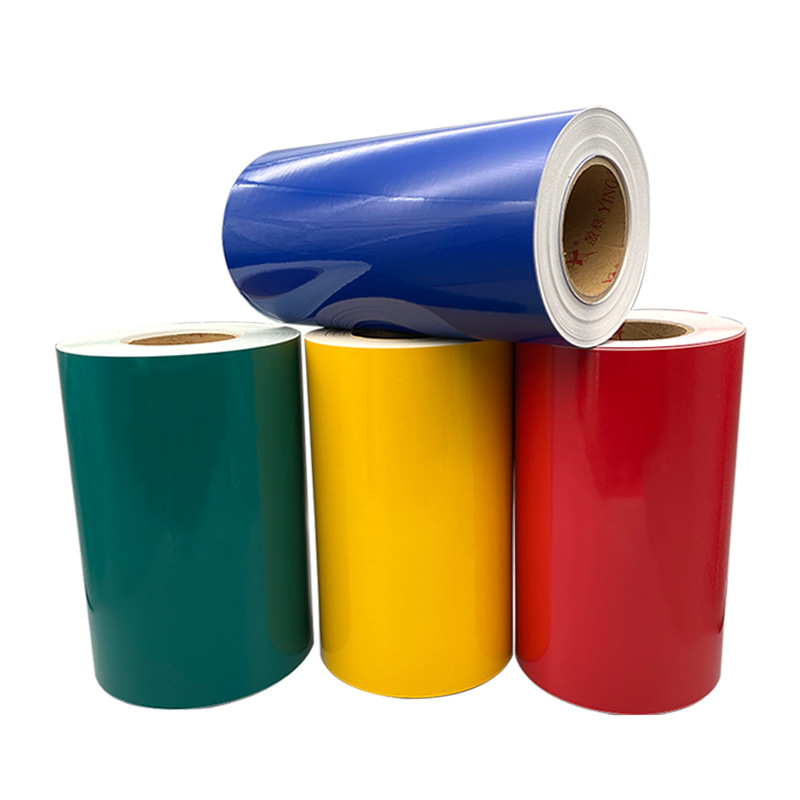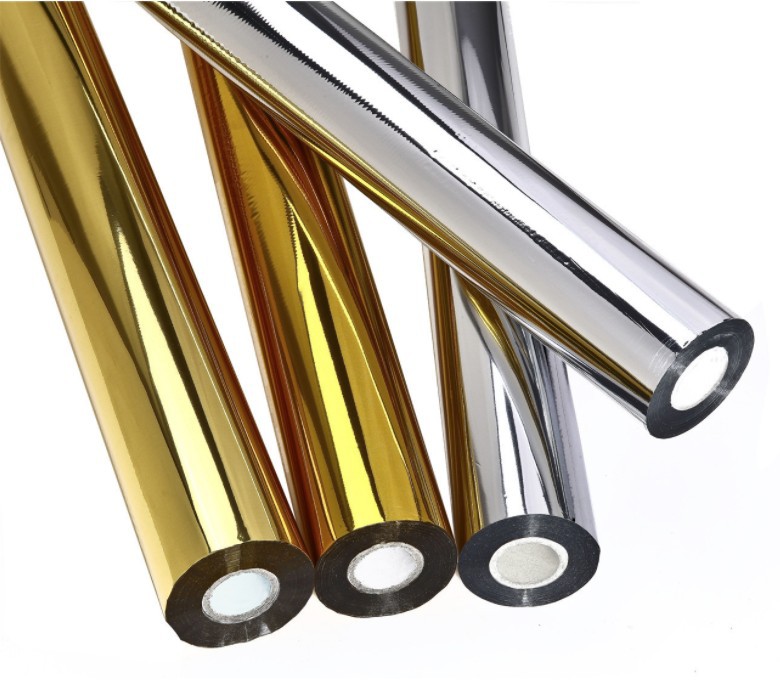Custom Specifications for High-Temperature Barcode Labels
In the sticker label industry, the demand for high-temperature barcode labels has been steadily increasing. These specialized labels are designed to withstand extreme temperatures without compromising their readability or adhesive properties. In this article, we will explore the custom specifications required for manufacturing high-temperature barcode labels.
Label Material
The choice of label material is crucial when it comes to high-temperature applications. Ordinary labels may not be able to withstand the heat and can easily deteriorate, leading to barcode scanning errors or label detachment. To ensure durability, labels for high-temperature environments should be made from materials such as polyester, polyimide, or ceramic-coated aluminum. These materials have excellent thermal stability and can withstand temperatures ranging from 500°F to 1000°F.
Adhesive
The adhesive used in high-temperature barcode labels must have exceptional heat resistance. It should be able to maintain its bonding strength even when exposed to extreme temperatures. Silicone-based adhesives are commonly used for this purpose due to their excellent thermal stability. They can withstand temperatures up to 600°F without losing their adhesive properties. Additionally, silicone adhesives offer good chemical resistance, ensuring that the label remains intact in harsh environments.
Barcode Printing
Printing barcodes on high-temperature labels requires specialized techniques to ensure readability. Thermal transfer printing is the preferred method for producing high-quality, heat-resistant barcodes. This printing technique uses a heated printhead to transfer ink from a ribbon onto the label material. The resulting barcode is highly durable and can withstand the extreme temperatures encountered in various industries, such as automotive, aerospace, and industrial manufacturing.
Barcode Verification
Verifying the readability and accuracy of barcodes on high-temperature labels is crucial to ensure proper inventory management and traceability. Barcode verification systems use advanced scanners to analyze the barcode's quality, including factors such as contrast, edge sharpness, and symbol contrast. These systems can detect any potential issues, such as poor print quality or damaged labels, allowing for timely corrective actions.
Label Size and Design
The size and design of high-temperature barcode labels should be carefully considered to meet specific application requirements. Labels should be large enough to accommodate the necessary barcode information while maintaining readability. Additionally, incorporating clear and concise text, such as product information or warnings, can enhance the label's usefulness. Custom designs can also include company logos or branding elements, ensuring a professional and cohesive appearance.
Label Placement
Proper label placement is essential to ensure barcode readability throughout the product's lifecycle. Labels should be strategically positioned on the product or packaging, considering factors such as accessibility, visibility, and potential exposure to extreme temperatures. Adhering to industry standards and guidelines for label placement can help optimize scanning efficiency and reduce the likelihood of errors during barcode scanning.
Conclusion
Custom specifications for high-temperature barcode labels are vital for industries that operate in extreme temperature environments. By carefully selecting label materials, using heat-resistant adhesives, employing specialized barcode printing techniques, verifying barcode quality, and considering label size, design, and placement, businesses can ensure the reliable and accurate identification of their products. These custom labels play a crucial role in inventory management, traceability, and overall operational efficiency in industries where temperature extremes are a constant challenge.
We offer comprehensive technical support, including free professional labeling solutions, advice on label materials and adhesive selection, as well as online/offline assistance from professional software and hardware engineers. Service email: andy@ownlikes.cn. In pre-sales, we leverage our extensive experience in specialty labeling projects to provide clients with the most suitable hardware solutions. Additionally, all our label barcode printers and scanners come with a three-year free warranty, demonstrating our confidence in our products.






This site is protected by reCAPTCHA and the Google Privacy Policy and Terms of Service apply.